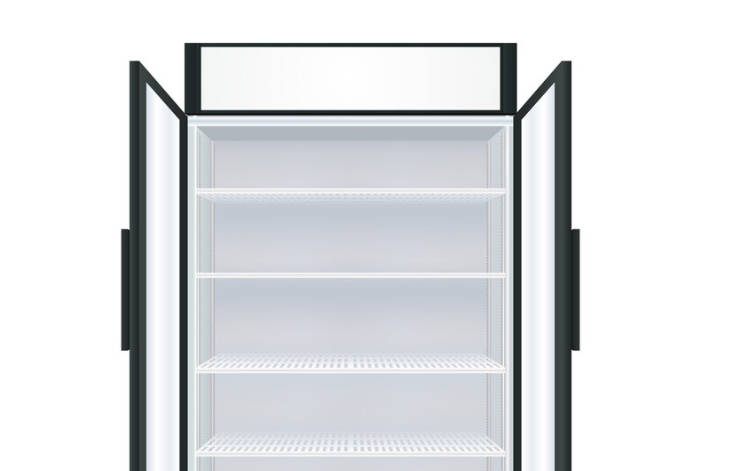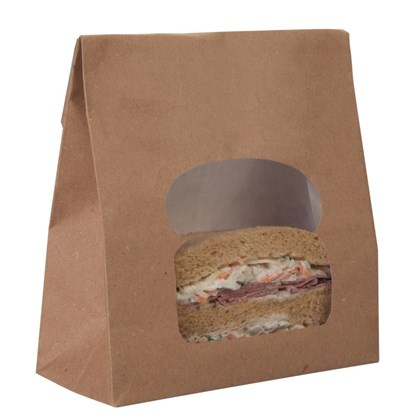When it comes to running an efficient kitchen—whether in a restaurant, café, or even at home—one of the most important decisions you’ll make is selecting the right refrigeration equipment. Refrigeration is critical for preserving the freshness of ingredients, ensuring food safety, and maintaining operational efficiency. However, with a variety of refrigeration options available, choosing the right one for your kitchen can be a daunting task.
In this article, we’ll explore how to make smart refrigeration choices to keep your kitchen cool, reduce energy consumption, and ensure the best storage conditions for your food. Let’s dive into the must-know factors for selecting and maintaining refrigeration equipment that meets the needs of your kitchen.
1. Choose the Right Type of Refrigeration Equipment for Your Kitchen
The first step in keeping your kitchen cool is selecting the correct refrigeration equipment. Not all refrigerators or freezers are created equal, and different types serve specific purposes in commercial kitchens.
Reach-In Refrigerators
A reach-in refrigerator is one of the most common refrigeration choices for kitchens. These are typically used to store a variety of ingredients that need to be quickly accessible, such as dairy, meats, and produce. Reach-in units come in single, double, and triple-door configurations, so choose one that matches the volume of food you need to store.
Undercounter Refrigerators
For kitchens with limited space, undercounter refrigerators are a smart choice. These units fit under countertops and are ideal for storing smaller items that require refrigeration, like condiments, garnishes, or beverages. These compact refrigerators are space-saving and efficient, making them perfect for tight kitchen layouts.
Walk-In Refrigerators
If your kitchen operates on a large scale, consider investing in a walk-in refrigerator. These are larger units that allow staff to walk in and store larger quantities of food. Walk-ins are perfect for high-volume kitchens and are available in various sizes and configurations. They are energy-efficient and allow for bulk storage, which is ideal for restaurants, hotels, and large catering services.
Prep Tables with Refrigeration
Refrigerated prep tables are ideal for kitchens where food is prepped and stored at the same time. These units combine a flat prep surface with refrigerated storage underneath, keeping ingredients cold while offering easy access. This makes them ideal for preparing salads, sandwiches, or pizza, while reducing the need to transport food between different areas of the kitchen.
Freezers and Chest Freezers
While refrigerators keep your ingredients fresh, freezers are essential for long-term storage of frozen goods, meats, and pre-prepared items. Chest freezers offer excellent storage capacity, while upright freezers are more accessible for high-traffic kitchens. Both should be selected based on the amount of frozen storage your kitchen requires.
2. Energy Efficiency: Keeping Costs Low and Performance High
One of the most important considerations when selecting refrigeration equipment is energy efficiency. Refrigeration units are some of the biggest energy consumers in any kitchen, and making the right choice can significantly reduce your electricity bill.
Look for Energy Star-certified units, which are designed to use less energy while maintaining optimal cooling performance. Energy-efficient models are built with advanced insulation and improved compressors, allowing them to keep food at the right temperature without overworking the system.
Additionally, consider units with variable speed fans and eco-friendly refrigerants. These features help maintain optimal cooling without wasting excess energy, benefiting both the environment and your bottom line.
3. Temperature Control and Food Safety
Keeping food at the correct temperature is crucial for both food safety and quality. Improper refrigeration can lead to bacterial growth and spoilage, which can result in foodborne illnesses. When choosing your refrigeration equipment, ensure that the unit has precise temperature control and reliable monitoring systems.
Most commercial refrigerators and freezers are equipped with digital temperature displays and alarms to alert you if the temperature rises above safe levels. Some models even offer smart technology that allows you to monitor temperatures remotely via an app or other smart devices. This can help you ensure that your food stays fresh and that your kitchen operates within health and safety guidelines.
4. Consider the Size and Layout of Your Kitchen
When deciding on the best refrigeration equipment, it’s essential to factor in the layout and space available in your kitchen. Choose units that maximize your available space while still allowing for optimal airflow around the equipment. For instance, a reach-in refrigerator may be a better option than a walk-in unit if space is tight, whereas larger kitchens may benefit from the efficiency of a walk-in model.
Remember, your refrigeration equipment needs to be accessible and easy to maintain. Keep in mind how your staff will interact with these units on a daily basis and whether the equipment will be easy to clean and stock. Space-saving designs, such as undercounter units or refrigerated prep tables, can help streamline your workflow and optimize your kitchen layout.
5. Regular Maintenance: Extending the Life of Your Equipment
No matter how high-quality your refrigeration equipment is, regular maintenance is essential to keeping it running efficiently and preventing breakdowns. Simple maintenance tasks, such as cleaning condenser coils, checking door seals, and defrosting units when necessary, can extend the life of your refrigeration systems.
Additionally, schedule professional maintenance inspections at least once a year to ensure that your unit is operating at peak efficiency. Proper maintenance not only helps prevent costly repairs but also improves the energy efficiency of the equipment.
6. Smart Features: Upgrading Your Refrigeration Equipment
Many modern refrigeration units come with smart technology that offers advanced features designed to improve both performance and convenience. Some models are equipped with remote monitoring, allowing you to adjust temperatures, track energy usage, and receive alerts about potential malfunctions, all from a smartphone or computer.
Some units even have self-diagnosing capabilities that can help you troubleshoot and resolve issues without waiting for a technician to arrive. While these features may come with a higher upfront cost, they can save you money in the long run by preventing food spoilage, improving efficiency, and reducing maintenance costs.
Conclusion
Investing in the right refrigeration equipment is one of the most important decisions you’ll make for your kitchen. By considering factors like size, energy efficiency, temperature control, and layout, you can select the best refrigeration systems that will keep your food fresh, your kitchen cool, and your costs low.
Whether you’re outfitting a small café or a large commercial kitchen, make sure your refrigeration equipment meets your needs and helps you run a smooth, efficient operation. With the right choices and regular maintenance, your kitchen will stay cool, organized, and safe for years to come.




